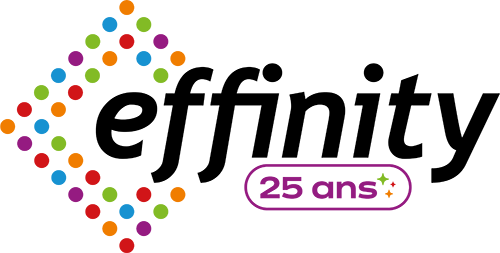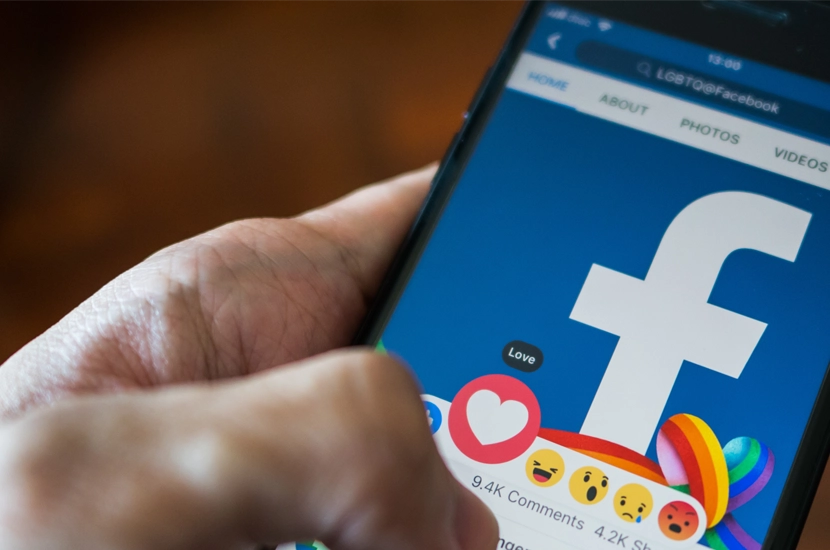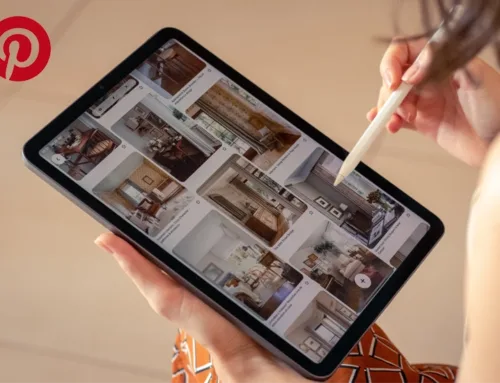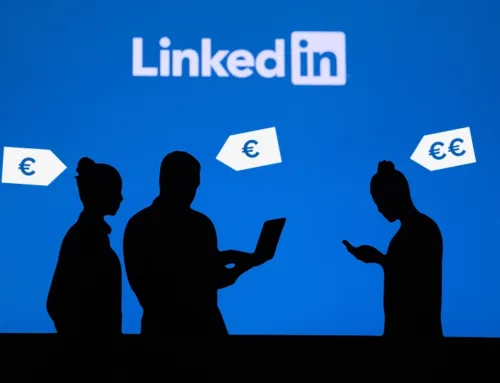The Facebook advertising landscape has changed radically. The ultra-detailed micro-targeting strategies that were marvelous a few years ago are now largely outdated, overturned by privacy developments (iOS 14+), the gradual disappearance of third-party cookies and the platform’s increasing automation.
In 2026, for the experts at our Facebook Ads agency, the most effective targeting strategies rest on two pillars:
- Strategic use of your own data (first-party data)
- Intelligent collaboration with Meta’s AI and optimization algorithms
In this article, we’ll refer to “Facebook Ads” out of habit, but we’re really talking about the Meta Ads ecosystem (Facebook, Instagram, etc.).
The essential foundations: Meta Pixel & API Conversions
Before deciding who to target, you need to make sure that you’re sending clear, reliable signals to the algorithm. Without clean, accurate and complete data, even the best targeting strategy will remain theoretical.
The two essential technical building blocks are :
- Meta Pixel (browser-side tracking)
- Meta Conversions API (CAPI) (server-side tracking)
What is the Meta Pixel?
The Meta Pixel is a short snippet of JavaScript code that you install on your website. Once in place, it functions as an intelligent sensor of user actions coming from your ads.
Key functions :
1. Measuring conversions
It tracks the important actions taken on your site after an impression or click on your ads: purchase, registration, download, add to cart, etc. These events feed back into Ads Manager for reporting and optimization. These events feed back into Ads Manager for reporting and optimization.
2. Activate remarketing (retargeting)
The Pixel enables you to build up audiences of people who have visited your site or carried out partial actions (visiting a product sheet, adding a shopping cart without making a purchase, etc.). You can then retarget them with appropriate messages.
3. Feeding personalized and similar audiences
All this event data serves as the basis for :
- personalized audiences (visitors, buyers, abandoners, etc.)
- similar audiences (lookalikes) built from your best segments.
Meta Conversions API (CAPI): the server-side complement
With cookie blocking, iOS restrictions and ad-blockers, browser-only tracking loses some conversions.
The Meta Conversions API (CAPI) lets you send events directly from your servers to Meta’s servers. In concrete terms :
- it complements rather than replaces the Pixel;
- it is less affected by blockers and privacy settings;
- it improves the quality of signals used for optimization and allocation.
In many accounts, the joint implementation of Pixel + CAPI recovers a significant proportion of lost conversions (often 10-30%), but the exact gain depends heavily on the context (volume, sector, quality of implementation).
In 2026, a solid setup is based on :
- Meta Pixel correctly installed and tested
- CAPI active (with event deduplication)
- clear event schema (standard events + parameters correctly filled in)
With these foundations in place, you can take full advantage of the audiences Meta has to offer.
The 3 main types of Meta audience
Meta organizes targeting into three main categories:
- Core Audiences
- Custom Audiences
- Similar Audiences (Lookalike Audiences)
Understanding them is the basis of a coherent targeting system.
Core Audiences
The main audiences are based on Meta’s existing user data:
- Demographics: location, age, gender, language
- Areas of interest: pages liked, content consumed, types of subjects followed
- Behaviors: purchasing behavior, device type, travel, etc.
They are still useful for defining a distribution framework (geography, age range, languages), but manual micro-targeting based on dozens of interests is much less effective than it used to be. Today, these criteria serve more to give direction to the algorithm than to lock it in.
Custom Audiences
Personalized audiences are built from your own data (first-party data). They form the core of your retargeting and upsell strategies.
Main sources :
- Website traffic (Pixel + CAPI)
- visitors to specific product pages or categories
- basket abandoners
- top X % of visitors by time spent or browsing depth
- Customer lists / CRM
- emails, phone numbers, customer IDs…
- to build loyalty, upsell or exclude existing customers from your acquisition campaigns.
- Facebook & Instagram engagement
- people who have interacted with your publications, watched your videos, sent a message, saved a post, etc.
- This data is natively hosted by Meta, and therefore much less affected by external tracking limitations.
These are highly qualitative audiences, ideal for retargeting and as a source for lookalikes.
Lookalike Audiences
Similar audiences (Lookalike) allow you to find new users close to your best existing segments.
Principle: you provide a source audience (e.g. your best buyers), and the algorithm will search for users with similar behaviors and characteristics.
Key performance factors :
- Source audience quality
- most profitable customers
- recent buyers
- highly qualified leads
- Lookalike size
- 1%: very close to the source, but smaller audience
- up to 10%: broader, but less precise
In theory, a lookalike doesn’t include its source audience, but in practice it’s still advisable to explicitly exclude this source in your ad sets, to control frequency and avoid overlap with other retargeting campaigns.
Facebook Ads targeting strategies for acquisition
Attracting people who don’t yet know your brand is still one of the biggest challenges. The difference in 2026: Meta’s algorithm is powerful enough that the most effective strategies are often… the simplest.
Broad targeting and Advantage+ Audience
Broad targeting consists in letting the algorithm work with a minimum of constraints: in general, you define only :
- country or countries
- a sufficiently broad age range
- possibly gender and language
Everything else (interests, behaviors, refinement) is left to Meta’s AI, which relies on your conversion signals (Pixel + CAPI) to find the right people.
This approach is at the heart of Meta Advantage+ features, in particular:
- Advantage+ Audience: the algorithm can automatically expand beyond the audiences you’ve entered if this improves performance.
- Advantage+ Sales (formerly Advantage+ Shopping): highly automated e-commerce campaigns that manage targeting, placement and optimization around the sale.
For the broad to work really well, you need :
- a clean setup (Pixel + CAPI + well-set events)
- a sufficient volume of conversions (ideally several dozen per week)
- clear, highly targeted advertising creatives for your ideal audience
Numerous tests show that, in this context, broad often outperforms ultra-tight manual targeting.
Use similar audiences to guide the algorithm
When you want to guide the algorithm towards highly qualified profiles, Lookalikes remain an excellent prospecting lever:
Recommended sources :
- list of your most profitable customers (CRM segmentation)
- buyers in the last 60 to 180 days
- high-engagement visitors (top 10-25% in time spent, number of pages viewed, etc.)
Practical approach :
- start with a 1% lookalike (maximum quality)
- gradual expansion (2-3%, then 5%, etc.) if volumes or costs so require
- compare their performance with a Broad ad set in the same campaign
When should you use detailed interest targeting?
Targeting by detailed interests is no longer the star of the system, but it is still useful in certain cases:
- New advertising accounts with no conversion history
- Small budgets where you want to give Meta more precise indications
- Niche markets with clearly identifiable areas of interest
In these situations, use the “Refine Audience” function to cross-reference several conditions (e.g. parents AND interested in extreme sports). The idea is no longer to build 50 micro-segmented ad sets, but to create a few relevant segments that give the algorithm a clear direction.
Retargeting strategies
Retargeting on Facebook As is aimed at people who have already expressed an interest. This is generally where you get your best conversion rates and lowest CPAs.
Retargeting based on site activity (Pixel + CAPI)
Some key segments:
Visitors to specific pages
Target users who have visited specific product sheets or service pages, without taking action. Show them more concrete arguments (benefits, social proof, FAQ).
Abandoners basket
Target people who have added to the basket without buying.
Effective messages :
- recall of discontinued product
- limited-time promo code
- free shipping
- reassuring customer reviews
High intent visitors (time spent / depth of visit)
Segment the top 10-25% most engaged visitors and offer them :
- exclusive offers
- demonstrations
- more in-depth content (webinars, case studies)
Retargeting based on Facebook Ads engagement
The major advantage: these audiences are based on actions on Meta platforms, and therefore largely independent of cookies.
Segments to exploit :
Interaction with your publications / ads
Target people who have liked, commented, shared or clicked on your posts and ads.
Watch videos
Create audiences by viewing duration (25%, 50%, 75%, 95%).
- 25%: slight interest → nurturing content
- 75-95%: very hot prospects → direct offers, demos, call.
Sent messages (Messenger / IG Direct)
People who have already contacted your page have crossed an important barrier. Re-target them with :
- answers to common objections
- clear incentives to complete the process (quotation, appointment, purchase…)
Indirect targeting: the strategic role of objectives and creativity
Targeting is not just a matter of choosing an audience. Two levers strongly influence the algorithm:
- The campaign objective
- Creative content (text, visuals, videos)
Choosing the right campaign objective (ODAX)
Meta has consolidated the goals into 6 main categories available on Facebook. The chosen goal is a direct instruction given to the algorithm: it will seek out the people most likely to carry out this type of action.
To simplify:
- Brand awareness: maximizes reach and recall
- Traffic: target profiles that click easily
- Engagement: targets people who like, comment, share, watch videos
- Leads: optimized for lead generation (forms, messages, etc.)
- App Promotion: app installation and use
- Sales: optimize for purchases and value conversions
Golden rule: choose the objective that corresponds to your real final KPI.
If you want sales, optimize for Sales, even if the CPC seems higher than for Traffic.
Let the creative filter the audience naturally. Your ad acts as a natural filter:
- a very specific message attracts the right people
- and pushes away those who aren’t concerned (which is a good thing).
Sample tagline:
“For entrepreneurs who want to automate their accounting…”
Result:
- interested entrepreneurs stop, click, convert ;
- others scroll away, sending an implicit signal of non-interest.
It’s this phenomenon of self-qualification that makes Broad targeting so powerful: you don’t tick a “contractor” box in the interests, you let the right people recognize themselves in the message. The algorithm learns from these signals and gradually refines the broadcast.
The art of exclusion: saving money and avoiding conflict
Audience exclusions on Facebook Ads are essential for :
- avoid waste
- limit advertising saturation
- clarify the roles of each campaign in your funnel
Basic exclusion rules
Exclude existing customers from acquisition campaigns
Objective: concentrate 100% of the “cold traffic” budget on new people and avoid showing welcome offers to loyal customers.
Exclude recent buyers from retargeting
It’s pointless (and irritating) to push an ad on a product you’ve just bought.
Exclude buyers from the last 7 / 14 / 30 days depending on your buying cycle.
Managing overlaps with a funnel structure
- your interest / broad (top funnel) campaigns exclude :
- your lookalikes
- your retargeting audiences
- your lookalike campaigns exclude :
- your retargeting audiences (site visitors, engaged, buyers)
Understanding the behavior of lookalikes
A lookalike doesn’t include its source audience, but it won’t automatically exclude your other retargeting audiences (visitors, engaged, etc.), hence the importance of manually excluding them at ad set level.
Summary: the philosophy behind good targeting in 2026
In 2026, successful targeting on Facebook / Meta Ads is no longer a matter of stacking dozens of criteria in an interface, but of :
- Providing high-quality signals
- Meta Pixel + API conversions correctly implemented
- Well-structured, coherent events
- Well-maintained first-party data (CRM, customer lists)
- Intelligent use of audience types
- Core Audiences to set a framework (country, age, language)
- Custom Audiences for retargeting and upselling
- Lookalikes for the acquisition of new qualified customers
- Leveraging Meta’s AI rather than thwarting it
- systematically test broad against manual targeting
- use Advantage+ where appropriate, while retaining a minimum of control in niche cases
- Clearly structure your funnel and exclusions
- acquisition, consideration, conversion
- distinct roles for each campaign
- logical exclusions to avoid overlaps
- Adopt a permanent test & learn approach
- compare broad vs lookalikes vs interest
- test different sources for lookalikes
- vary creative (messages, angles, formats)
- rigorously analyze results before optimizing
The true mastery of targeting in 2026 is not a magic formula, but an iterative process of hypothesis, testing, measurement and optimization. If you’d like to move forward on this subject, the experts at our Facebook Ads agency, a certified Facebook Marketing Partner, are here to help.




